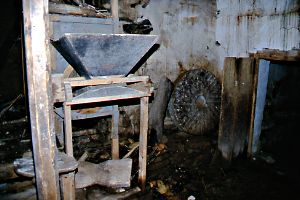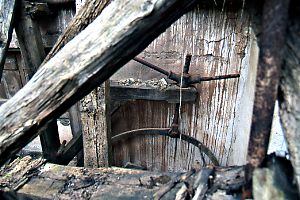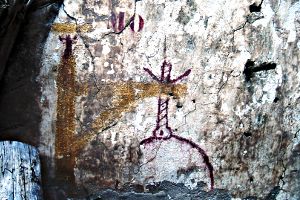
Villalangua

Pictures: 16.xii.2000; 19.v.2011


Pictures: 16.xii.2000; 19.v.2011

The entrance to the workplace is situated in the wall looking to the East (1). The opening is approximately in the middle and slightly below the level of the pasture and now hidden behind the shrub.
Wheat Mill(4). Similar specimens were found in Fuendecampo and Nueno.
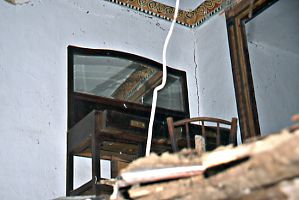
embalse) is.
When the mill was abandoned some nice furniture (2) was left behind. Between our visits the roof and most of the walls collapsed and nothing remains but rubble (16).
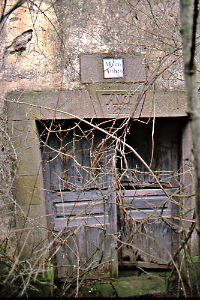


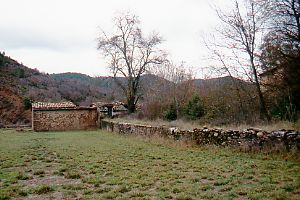

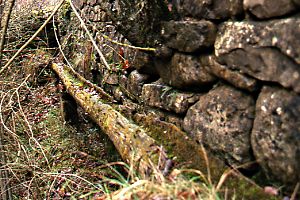
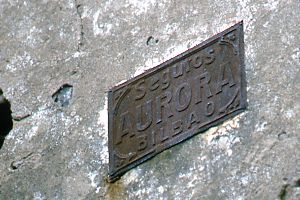
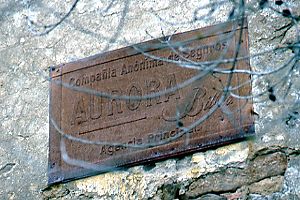
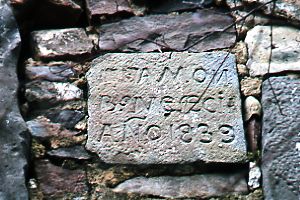
Apart from the date above the door there is another stone remembering who built the mill (11) and when.
Nowadays the building is reduced to rubble (16) and there is hardly anything worthwhile left from the inner parts. In 2000 however, at the time of our first visit, this was a most interesting spot.
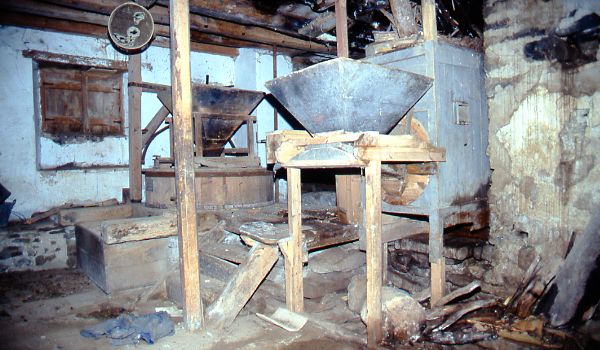
A double door to the left led to the place with the milling unit. One of this doors can be seen in (15). The top of the same door is also visible in (16) near the right border. The work place back then (12) was in good shape though traces of leakage were apparent.
arbolbelow the stones connected with a horizontal axle carrying a belt wheel. A ribbon then brought the movement to the corn sifter.
In (13 right) a pole is shown — see also (12). This rod reached to the upper floor providing the luxury of some command without having to walk the stairs.
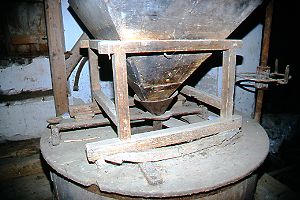
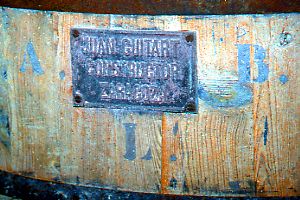
There is a nice drawing of the crane on the opposite wall (18). It's in two colours and the title (MOlino?) was never finished.
